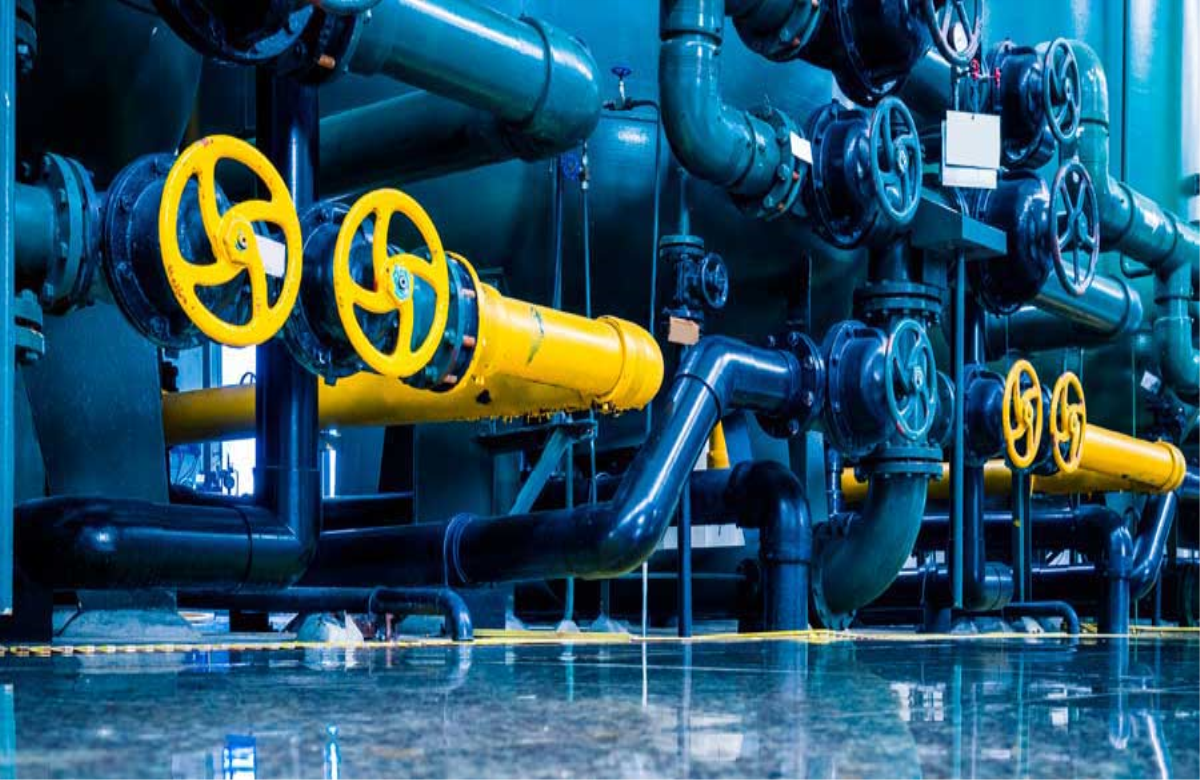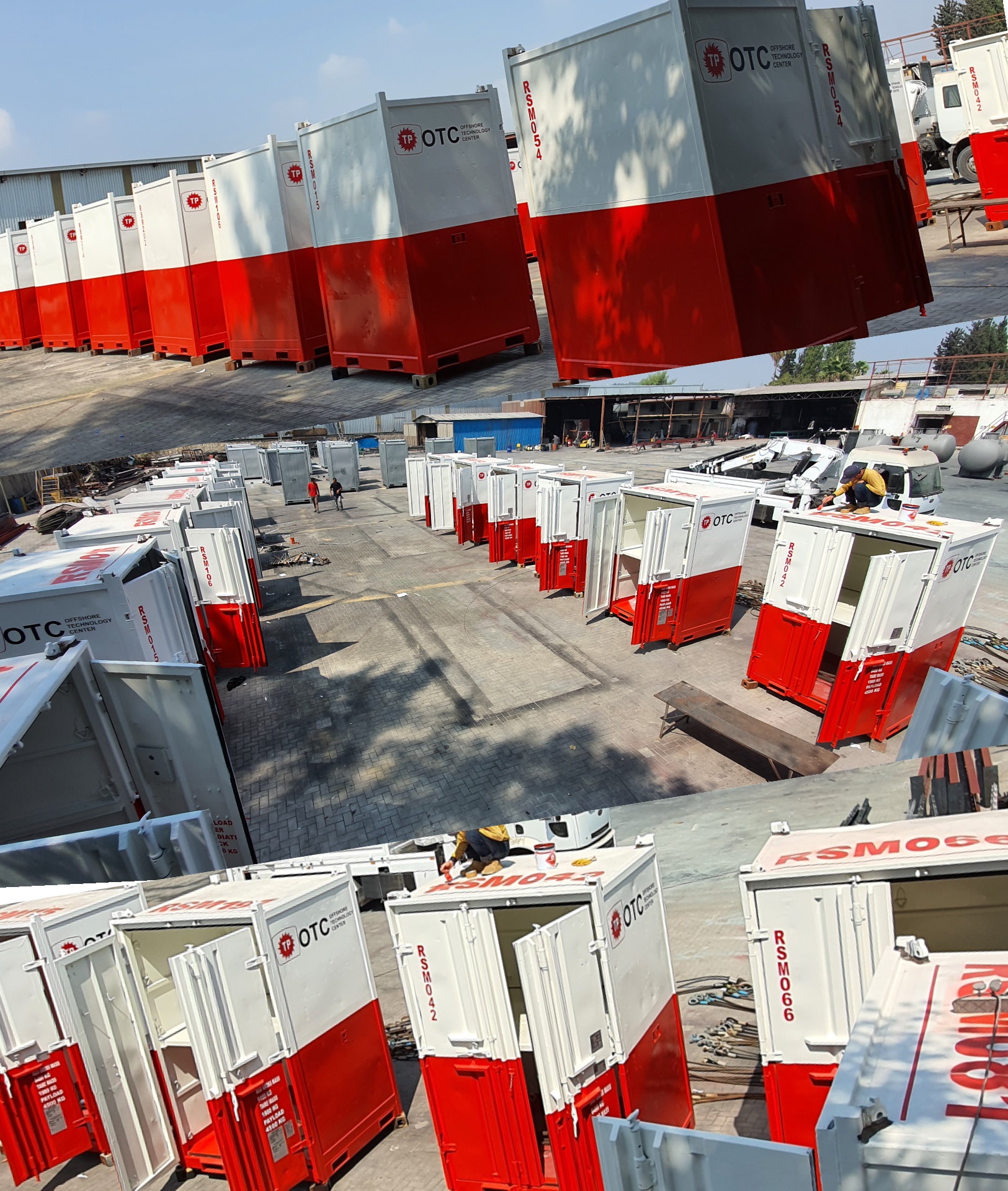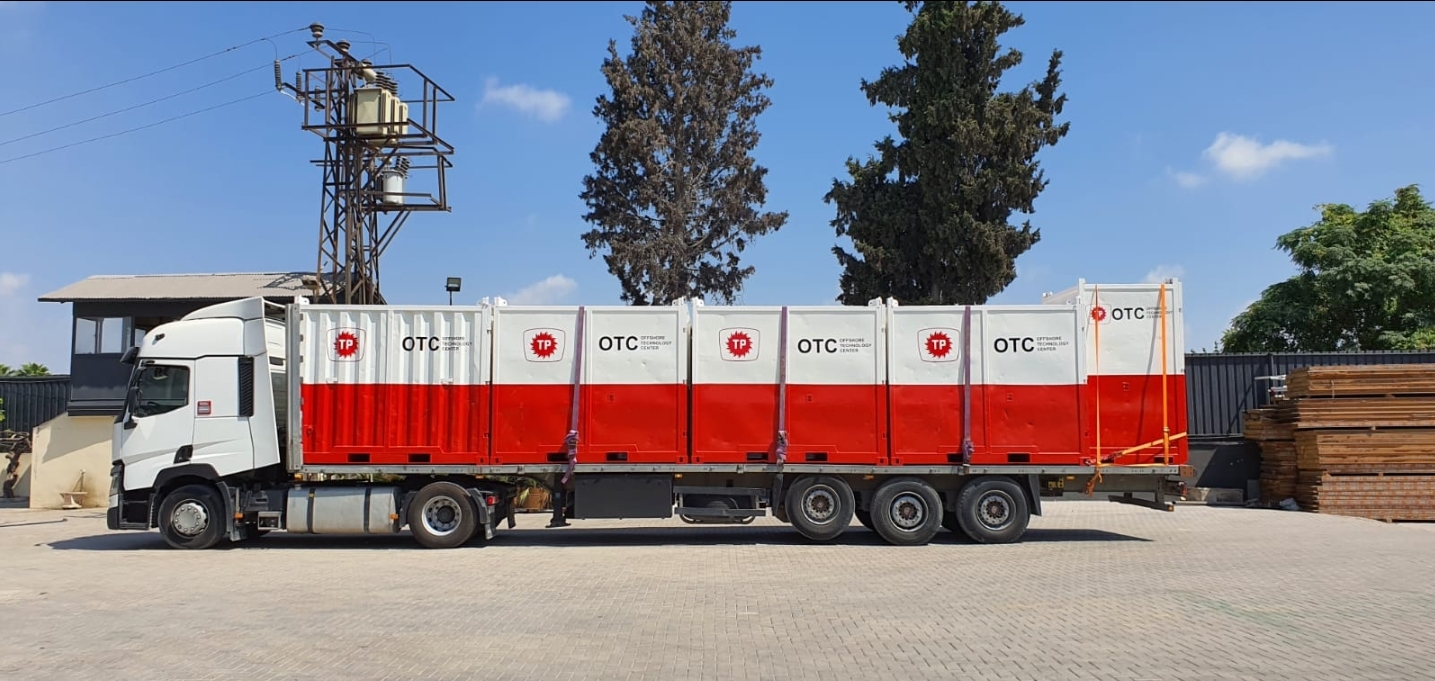
SANDBLASTING, PAINTING AND SURFACE TREATMENTS
SANDBLASTING, PAINTING AND SURFACE TREATMENTS
SANDBLASTING
Sandblasting; It is a process carried out with the aim of purifying the wastes such as dirt, corrosion (rust), oil and paint formed on the surface by spraying suitable abrasives on the material surface under high pressure. During spraying, the material surface is also eroded at the micron level. The paint to be applied with this abrasion will adhere to the metal surface in a healthier way. The sandblasting process increases the life of the paint and coating.
There are special materials that are specially produced for sandblasting, called silica, basalt, grit, with different usage areas.
Silica: Silica sand, which is referred to as sand grains with a diameter of less than 0.05 mm, is generally used when sanding with light intensity on thin sheets.
Basalt: This sand, which can be said to be less dusty, is generally recycled in indoor environments.
used where it can be used.
Grit: It is the type of sand with the least dusting and the best sandblasting power. In fact, it is not sand, but iron slag.
TYPES OF SANDBLASTING
The sandblasting process is generally divided into two.
1. Automatic sandblasting
2. Manual (portable) sandblasting.
1. AUTOMATIC SANDBLASTING
In general, sandblasting of steel construction elements that have not been cut or welded yet, or steel materials that have been cut and welded to certain sizes, are done in automatic machines. The advantage of this system is that the material large enough to enter the machine can be blasted quickly and economically. The disadvantage is that large materials cannot be blasted. E.g; You cannot blast a machine, a fuel tank, a container, a steel bridge, or any other large material that requires in-situ blasting in a blasting machine.
2. MANUAL (PORTABLE) SANDBLASTING
Portable sandblasting consists of a compressor that produces high-pressure air, a sandblaster, hoses, etc. It can be done anywhere with hardware and can be applied to any type of material (and generally large materials). However, the disadvantage of this method is dust formation. In fact, it is possible to blast without dust, that is, without dust. To blast without dust, wet (wet) blasting is done. While sandblasting in this system, since wet sand is sprayed on the material blasted with a special method, dust does not come out. Wet (wet) blasting is mostly done in marinas, boatyards, fiber or wooden boats. The aim here is to sandblast the boat without disturbing the environment with dust. In addition, wet blasting is preferred in the city, in construction or buildings, plaster removal-scraping by sandblasting method, wall cleaning (paint scraping-removal), marble or similar natural stone surfaces, when aging is done by sandblasting. In fact, wet blasting is possible on steel surfaces, but wet blasting is not preferred on steel surfaces, since the special paint that needs to be applied to the surface immediately after sandblasting is very costly.
GRADING THE SANDBLASTING
The sandblasting process is graded according to the extent to which unwanted formations are removed from the surface of the steel and to what extent the surface is abraded. There are some standard ratings in the World on this subject. In Turkey, the Swedish standard "SwedishStandardsForGroundVibrationsAndAirblast" SA 1, SA 2, SA 2.5 and SA 3 grades are used. These rating measures were accepted as TS EN ISO 8501-1 by the TSE institution on 08.04.1999.
SA 1 : It is an extremely superficial degree of cleanliness. It is an extremely superficial form of cleaning on rusted surfaces and is called "sweeping" in the market. SA 2 : It is a degree of sandblasting in which the steel is well cleaned and the surface is highly roughened. “commercial” on the American SSCP sizing scale; It is classified as “3st quality 80% wholesurface” in the British BS 4232 dimensioning scale.
SA 2,5 : It is the most preferred sandblasting grade in the market, in which the steel surface is well roughened, almost all of the unwanted formations are cleaned and the distinctive gray color of the steel can be easily seen. “Near White” on the American SSCP sizing scale; It is classified as “2nd quality 95% wholesurface” on the British BS 4232 dimensioning scale.
SA 3 : It is a sandblasting grade in which the steel surface is roughened very well, unwanted formations are completely cleaned, and the distinctive gray color of the steel is completely revealed. Because the application time and cost is quite high. “White Metal” in the American SSCP sizing scale; It is classified as “1st quality 100% wholesurface” in the British BS 4232 dimensioning scale.
Sandblasting should be done and finished as soon as possible in dry weather and the painting process should be started. Because after the rust and unwanted formations on it are cleaned, the steel is even more vulnerable to rust. If the weather is also humid, the sandblasted steel will immediately begin to tarnish and rust.
PAINTING Painting is one of the methods used to protect steel. It is carried out especially to protect the steel from rusting according to ambient conditions. In addition, color selection is also an important issue, since visuality is also at the forefront in the project design. The dyeing process can be examined in three different stages. 1. Primer Painting: Pre-primer, which is the painting of the material after the surface smoothing process is completed, is a process performed to keep the metal surface dry and to prevent corrosion. Mixtures such as zinc phosphate or metallic zinc are used as pigments. It is applied to the surface as a spray painting. 2. Intermediate Painting: It is the process that is carried out without the final painting of the material coming out of the production. It is the application of the mixture formed with synthetic (epoxy) pigments to the surface to increase the resistance against metal degrading factors such as water and oxygen, especially in order to ensure the longevity of the metal. The thickness of the intermediate lining extends the durability of the material. 3. Topcoat Painting: It is the painting process of the material, all manufacturing processes of which are completed, to provide the required appearance and to increase the surface resistance. It is aimed to be resistant to exposure and sun rays that may occur in the open air. Paint created with the color pigments determined in the project design is applied to the surface of the material with a spray, brush or roller.
Paint application related to airless spraying With a very high pressure, only the paint material is sprayed through a fine hole. Thus, the paint particles adhere to the metal surface as very small particles. With this method, a thick film layer is obtained in a short time. However, the application must be done by a skilled worker. Otherwise, the paint layer thickness may vary from place to place. On the other hand, paint application with an airless gun has the following advantages. The paint adheres better to the surface as it is sprayed with pressure. The thicker paint layer can be applied in one coat. Thicker viscous paints can be easily applied with this method without the need for thinning. Some of Our Services Steel Construction Sandblasting and Painting Industrial Pipes Sandblasting and Painting Fuel Tank Sandblasting and Painting Acid Tanks and Tanks Painting Services Trailer Sandblasting Painting Services Construction Machinery Sandblasting and Painting Water Tanks Sandblasting and Painting
SANDBLASTING, PAINTING AND SURFACE TREATMENTS, Koyuncu Çelik


